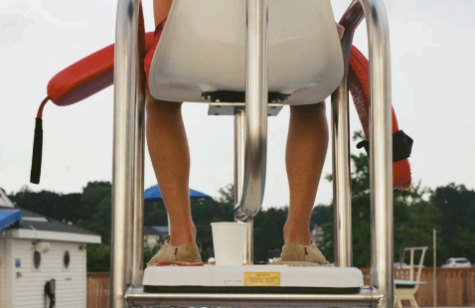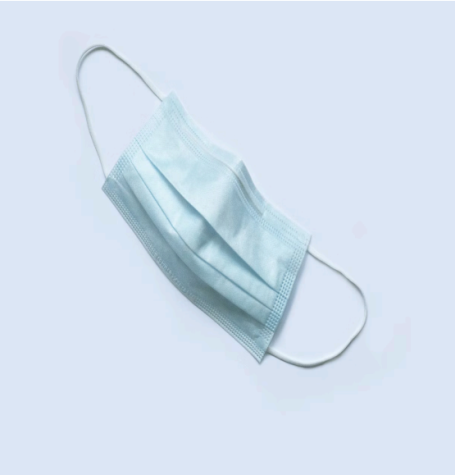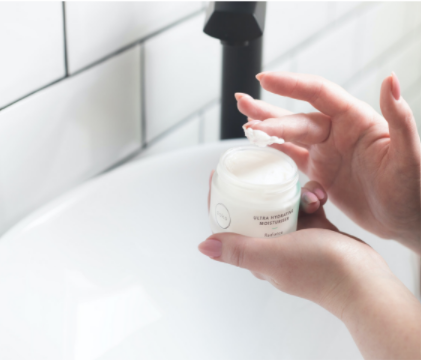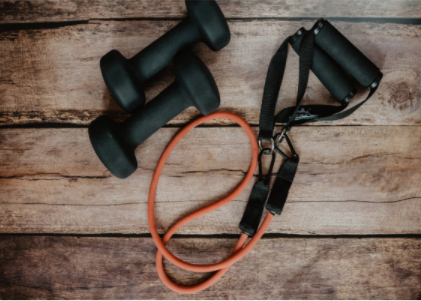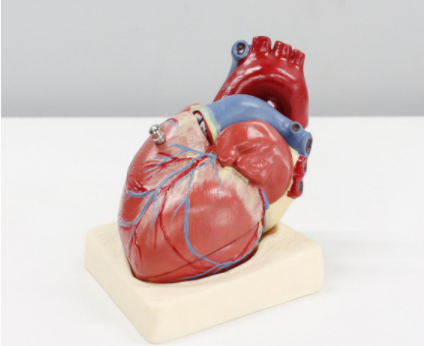It’s Cold Outside: How to Stay Healthy While Chilled
This winter, ensure you’re taking care of yourself admis the freezing winter.

Rockland Ave covered in snow on a brisk winter morning, demonstrating the winter chill.
February 28, 2022
After the warmest December on record in the U.S., it seemed Mamaroneck was in for a mild winter. Weeks later, that quickly proved to be wrong. Daily temperatures have been dropping into the single digits, meaning wind chill values have been below zero. However, many students continue to eat lunch outdoors and are required to walk outside from Post to Palmer to limit traffic in the overpass. Students haven’t felt prepared for the extreme weather. “I brought a hat to school just to walk to class,” complains Chiara Collin-D’Augelli (‘22). “It’s just too cold to be outside in this weather.”
When cold air hits someone, their body will insulate itself through a process known as vasoconstriction. The body moves blood from skin and outer extremities to its core, to limit the amount of heat lost to the environment. This makes extremities such as fingers, toes, and the nose and ears vulnerable to the risk of frostbite.
According to the Centers for Disease Control and Prevention, frostbite is an injury caused by freezing, it leads to numbness and color loss in affected areas – often the extremities – and can leave permanent damage. The Mayo Clinic warns that when wind chill hits negative 18 degrees fahrenheit or lower, frostbite can appear after just a half hour of exposure. If experiencing any symptoms of frostbite, be sure to get out of the cold. The CDC recommends submerging affected areas in warm water, but instructs that fires and heating pads shouldn’t be used as numb body parts can burn easily.
Another major health concern in extreme winter weather is hypothermia. According to the CDC, hypothermia is when one’s body loses heat faster than it can produce it and body temperature begins to drop. The condition is caused by spending an extended period of time in cold temperatures. Low body temperature affects one’s brain, meaning victims become disoriented and can’t think clearly or even move depending on the severity of the case.
Dr. Jeff Schaider, the chairman of emergency medicine at a prominent Chicago hospital, explains how exposure to the cold can progress to hypothermia: “When you’re exposed to the cold you’ll obviously shiver and try to warm your body up. That’s your initial response. But as your body gets colder and colder, your response to the cold actually becomes less and less. You’ll stop shivering, then your body temperature will start dropping at a more rapid rate.”
The University of Michigan explains that hypothermia can occur at mild temperatures such as 50 degrees fahrenheit in weather that is wetter and windier. The University adds that with “mild hypothermia, home treatment may be enough to bring your body temperature back up to normal.”
But hypothermia is not to be taken lightly. More extreme cases can lead to loss of consciousness, and even death, which makes being dressed appropriately for the weather (a major step in terms of prevention) very important. Dr. Robert Glatter, an NYC emergency physician, suggests wearing at least three layers, including a protective outer layer like a warm jacket.
The MHS ski team agrees, advising students to “layer up,” and “don’t forget socks,” based on their own encounters with extreme temperatures. In addition to this, the Mayo Clinic advises against activities that would cause one to sweat, stating that combining cold weather and wet clothes speeds up loss of body heat.
On the significant subject of winter car safety, the Mayo Clinic recommends keeping emergency supplies such as blankets, matches, water, and a first-aid kit, in one’s car. If stranded, crack a window open for fresh air, remember to run the car for 10 minutes each hour to keep warm, and ensure “the exhaust pipe isn’t covered” when the engine is running.
For students at Mamaroneck High, the few minutes of outdoor time it takes to travel around the Palmer gym pose little risk in terms of both hypothermia and frostbite. Since wind chill in Mamaroneck has yet to go below negative 18 degrees, being outdoors for the 46 minute lunch period will likely not cause any harm. If wearing appropriate clothing, while unpleasant, students at MHS shouldn’t have any problem with the winter temperatures.








